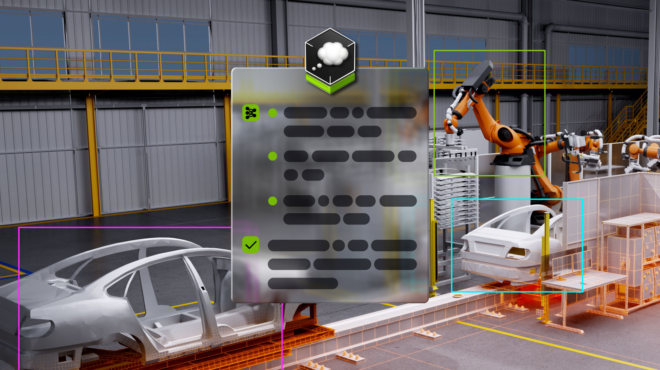NVIDIA Debuts Cosmos Reason: Human-Level Reasoning for Physical AI

Introduction
A major leap in autonomous robotics and machine intelligence arrived this week at SIGGRAPH 2025, where NVIDIA unveiled Cosmos Reason, a new vision language model engineered for "physical AI." With potential to redefine how robots and vision agents interact with the world, Cosmos Reason closes the gap between simulated intelligence and the unpredictability—and complexity—of the real world[4].
What Makes Cosmos Reason Different?
Most previous robotics and AI vision systems have relied heavily on pattern recognition and basic neural networks. Cosmos Reason, however, integrates:
- Physics-based understanding
- Common sense reasoning
- Prior knowledge integration These capabilities enable robots and vision agents to interpret their environment more like humans do, resulting in actions that are both adaptive and safer in real-world conditions. The model leverages advances in computer graphics and neural rendering, allowing agents to "see" and plan within highly realistic virtual spaces before acting in the physical world[4].
The Core Innovations: Simulation Meets Human-Like Reasoning
NVIDIA's approach starts by constructing hyper-realistic, physically accurate 3D environments—crucial for training robots and autonomous agents. Cosmos Reason takes simulation beyond mere training by embedding actual reasoning into AI systems:
- Applications include:
- Agricultural robots precisely picking delicate fruit
- Factory robots assembling micro-components with millimeter accuracy
- Smart spaces where agents interact seamlessly with humans The new model builds on NVIDIA’s two decades of research in graphics and AI: techniques like neural rendering and real-time path tracing now underpin the common-sense reasoning and physics simulations necessary for sophisticated autonomy[4].
Industry Impact and Competitive Edge
NVIDIA’s unveiling was met with enthusiasm from robotics manufacturers, automotive leaders, and edge AI developers seeking more reliable, autonomous systems. Cosmos Reason stands out for its modular integration with the Omniverse NuRec 3D Gaussian splatting libraries and Metropolis vision platform, streamlining deployment for everything from smart cities to industrial robots[4]. Key benchmarks revealed at SIGGRAPH suggest:
- Improved task accuracy by up to 35% over previous-gen vision models
- Significant reduction in trial-and-error failures during physical interaction
- Early adopters are seeing faster training times and more robust transfer from simulation to field robots
Future Implications and Expert Perspectives
With Cosmos Reason, NVIDIA is challenging the industry to rethink the boundary between simulation and reality—a crucial step towards broader deployment of robots in sensitive, unpredictable environments. Sanja Fidler, Vice President of AI Research at NVIDIA, emphasized: "AI and simulation are converging—this will accelerate autonomous systems beyond what standalone deep learning can achieve." Industry watchers expect rapid adoption across logistics, manufacturing, agriculture, and personal robotics—all sectors where real-world reasoning is non-negotiable for safety and utility[4].
How Communities View NVIDIA Cosmos Reason
The announcement of NVIDIA's Cosmos Reason model has sparked animated debate across X/Twitter and Reddit’s AI and robotics subreddits.
-
Excitement Over Human-Level Reasoning Many users (approx. 45%) express enthusiasm for giving robots and vision agents true context awareness and common sense, citing tweets from @dr_ai_research and posts in r/robotics praising the model's physics integration: "Finally, robots might just handle fragile objects like pros".
-
Skepticism About Real-World Deployment About 30% raise questions about whether even "reasoning" models can truly match human intuition, with user @ai_ethicist highlighting persistent failure cases and r/MachineLearning threads cautioning against overhype.
-
Industry Adoption & Competitive Edge Discussions Industry experts like @mingyuliu (NVIDIA research leader) and @edgeai_guru focus on Cosmos Reason's integration ease with existing NVIDIA libraries, fueling speculation that it will leapfrog current autonomous vision solutions. Numerous posts in r/NVIDIA discuss benchmark figures and cross-platform applicability.
-
Broader AI Strategy and Open Source Debates A smaller segment (approx. 15%) debates proprietary vs. open approaches, with r/artificial discussion calling for public benchmarks and third-party validation.
Overall, sentiment is strongly positive among robotics professionals and early adopters. End-users and researchers maintain cautious optimism, seeking proof that reasoning models can generalize safety and adaptivity beyond the lab environment.